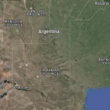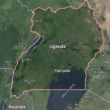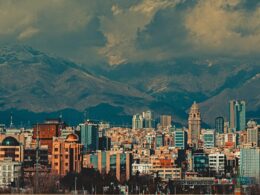While travel can be an enriching experience, it can also come with risks, particularly for women. Safety is a crucial factor to consider when planning trips, and some countries present more challenges than others.
Based on various factors, including rates of violence, cultural attitudes towards women, and legal protections (or lack thereof), here are some of the most dangerous countries for women.
1. India
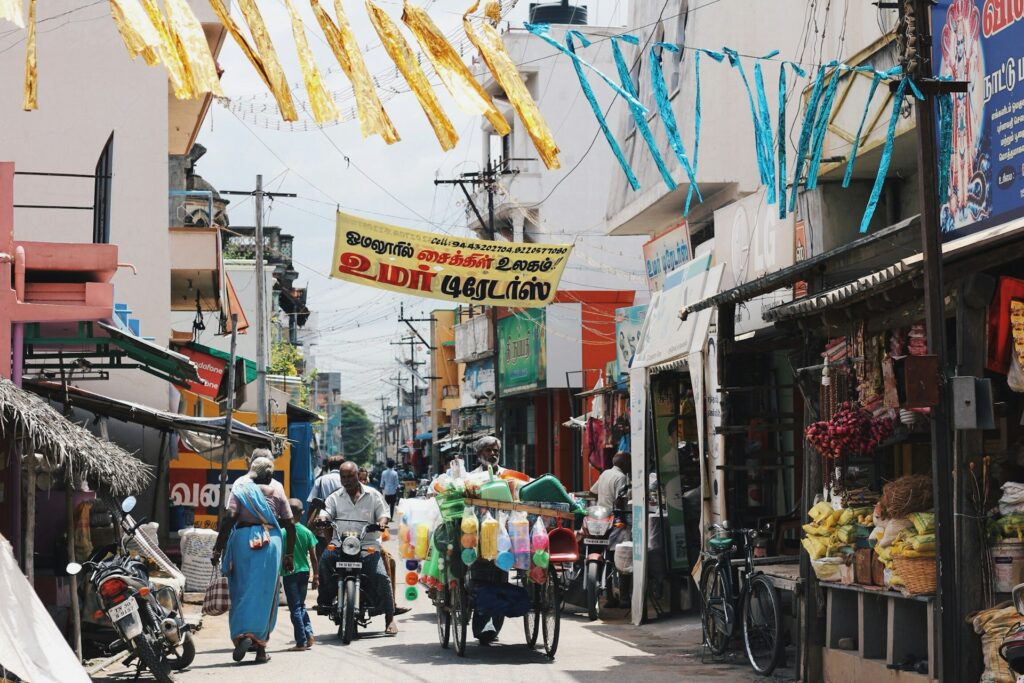
High Rates of Gender-Based Violence
India has garnered significant attention for its high rates of gender-based violence. Despite being a culturally rich and diverse country, many areas struggle with deep-rooted issues related to women’s safety.
Key Concerns
- Sexual Assault: Reports of sexual violence, including rape, are alarmingly frequent. The 2012 Delhi gang rape brought global attention to the severity of the issue.
- Domestic Violence: Many women face violence at home, with limited access to support services.
- Cultural Practices: Practices like dowry, honor killings, and child marriage continue to pose threats to women’s safety and autonomy.
2. Afghanistan
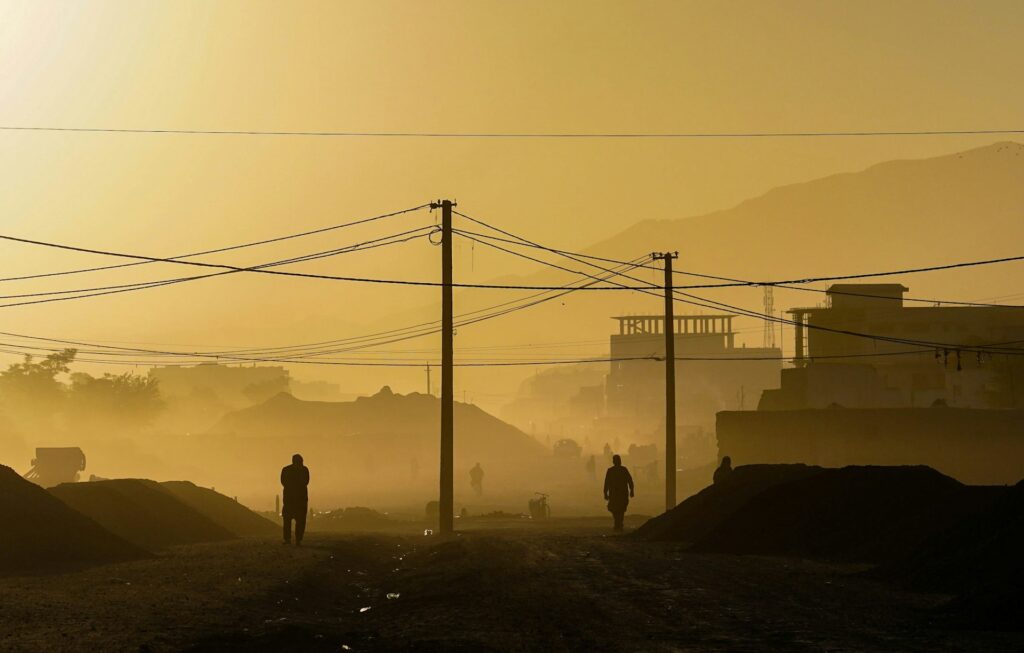
A War-Torn Society with Severe Restrictions on Women
Afghanistan remains one of the most dangerous places for women, especially under Taliban rule, which has drastically rolled back women’s rights.
Key Concerns
- Lack of Freedom: Women face severe restrictions on movement, dress, education, and employment.
- Violence and Persecution: Women are subject to extreme forms of violence, including forced marriages, honor killings, and domestic abuse.
- Healthcare: Access to healthcare, particularly reproductive health services, is severely limited.
3. Syria
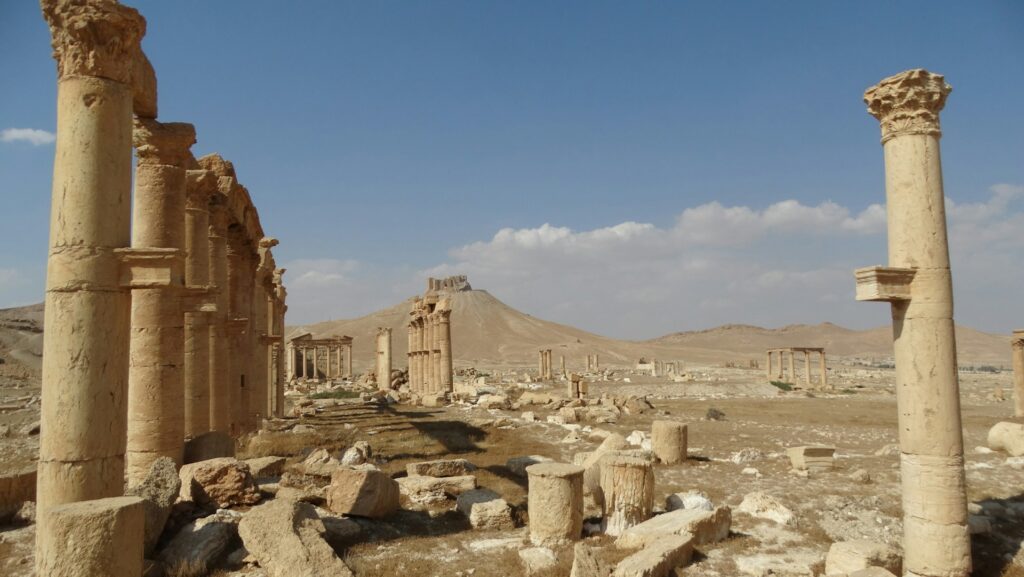
A Country in Conflict
Years of civil war have left Syria in turmoil, with women facing heightened risks due to the ongoing conflict and societal breakdown.
Key Concerns
- Sexual Violence: Conflict-related sexual violence is widespread, used as a weapon of war by various factions.
- Displacement: Millions of women are displaced, living in refugee camps where they face further risks of exploitation and abuse.
- Healthcare: Access to medical care is severely disrupted, impacting women’s health and safety.
4. Saudi Arabia
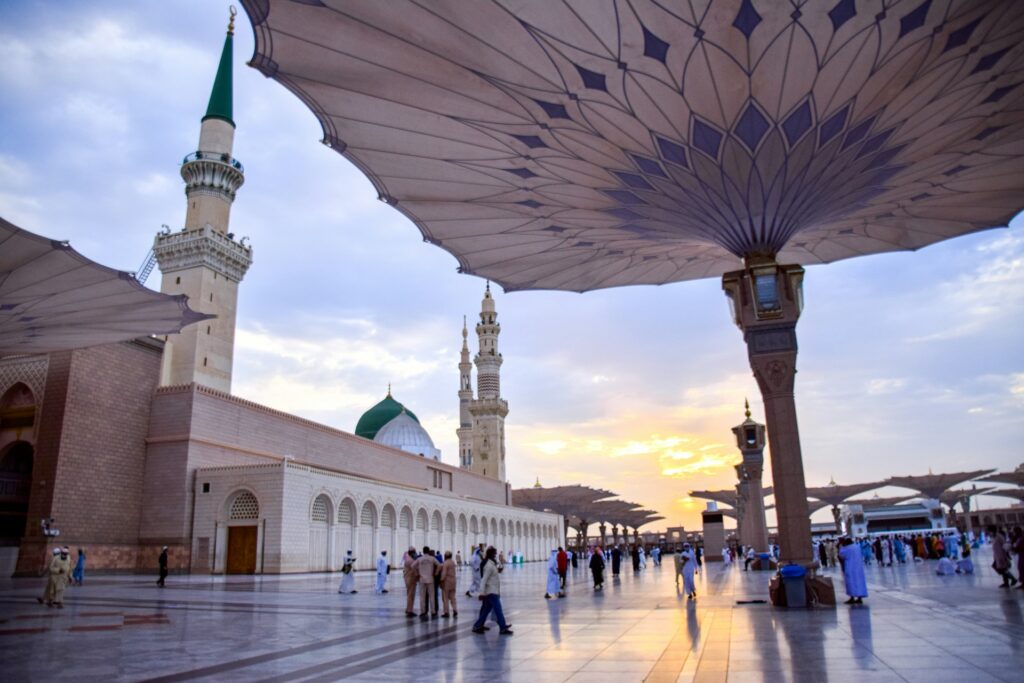
Strict Gender Segregation and Limited Rights
Despite recent reforms, Saudi Arabia remains a challenging environment for women, characterized by strict gender segregation and limited personal freedoms.
Key Concerns
- Legal Restrictions: Women require male guardians’ permission for many activities, including travel, education, and employment.
- Cultural Norms: Social customs and laws severely restrict women’s rights and freedoms.
- Violence: Domestic violence is underreported and inadequately addressed due to cultural and legal barriers.
5. Somalia
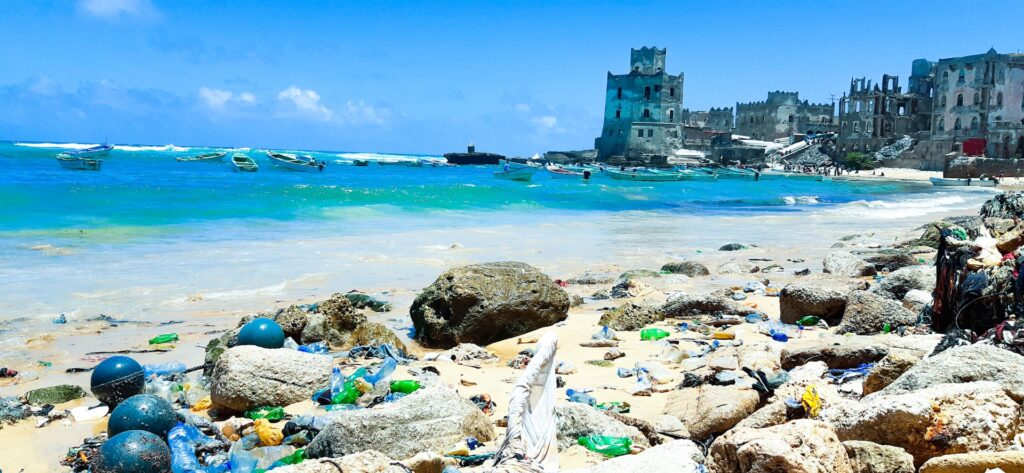
Lawlessness and Insecurity
Somalia, plagued by decades of conflict and instability, is an extremely dangerous place for women, with pervasive violence and lack of legal protections.
Key Concerns
- Sexual Violence: Widespread sexual violence, including rape, is a significant issue.
- Female Genital Mutilation (FGM): The practice of FGM is prevalent, with devastating impacts on women’s health.
- Healthcare and Education: Limited access to healthcare and education further marginalizes women.
6. Democratic Republic of the Congo (DRC)
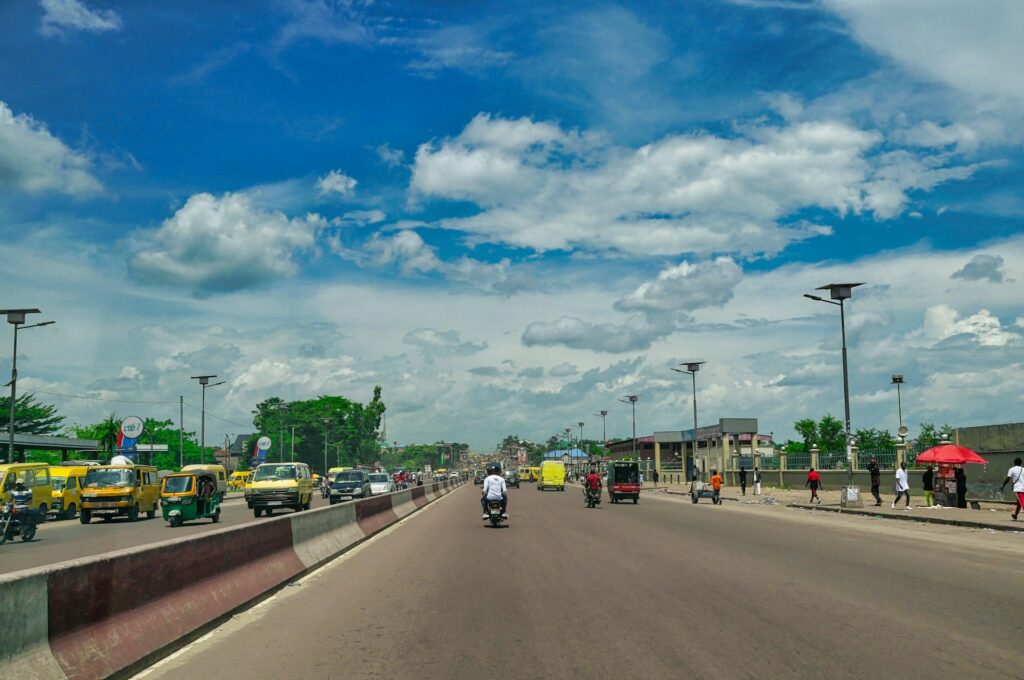
Conflict and Exploitation
The DRC is often referred to as the “rape capital of the world” due to the high rates of sexual violence, particularly in conflict zones.
Key Concerns
- Sexual Violence: Rape is used as a weapon of war by armed groups, with women and girls targeted.
- Displacement: Conflict has displaced millions, with women in camps facing additional risks of violence and exploitation.
- Healthcare: The healthcare system is inadequate, particularly for victims of sexual violence.
7. Pakistan
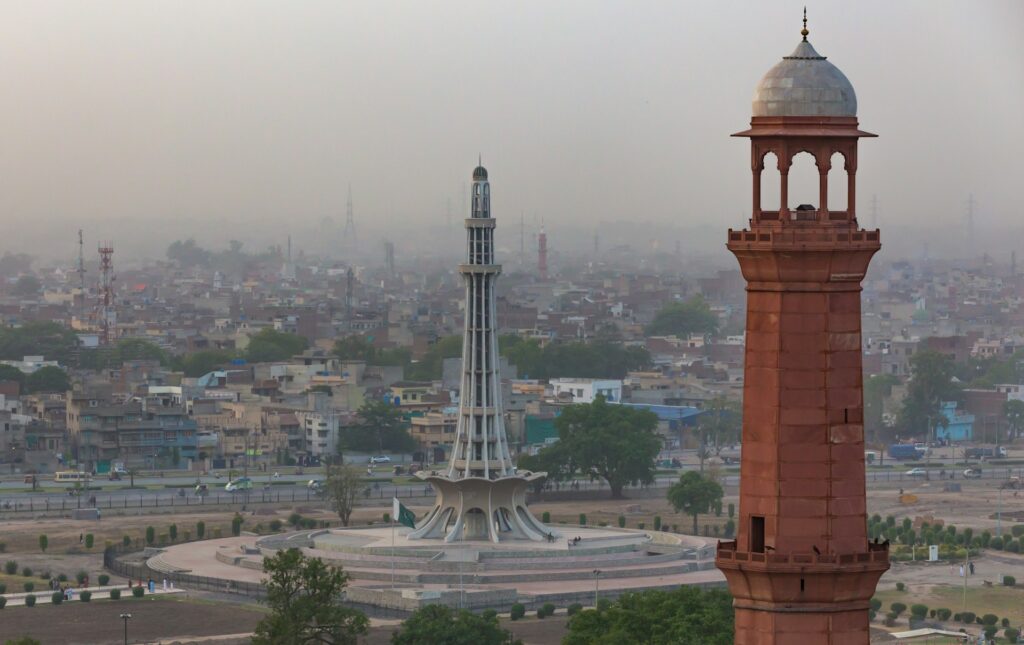
Deep-Rooted Patriarchal Norms
Women in Pakistan face significant challenges due to deeply entrenched patriarchal norms and societal expectations.
Key Concerns
- Honor Killings: Women are frequently victims of honor killings for actions perceived as bringing shame to their families.
- Domestic Violence: Domestic violence is widespread, with limited legal recourse or support for victims.
- Education and Employment: Cultural norms restrict women’s access to education and employment opportunities.
8. Yemen
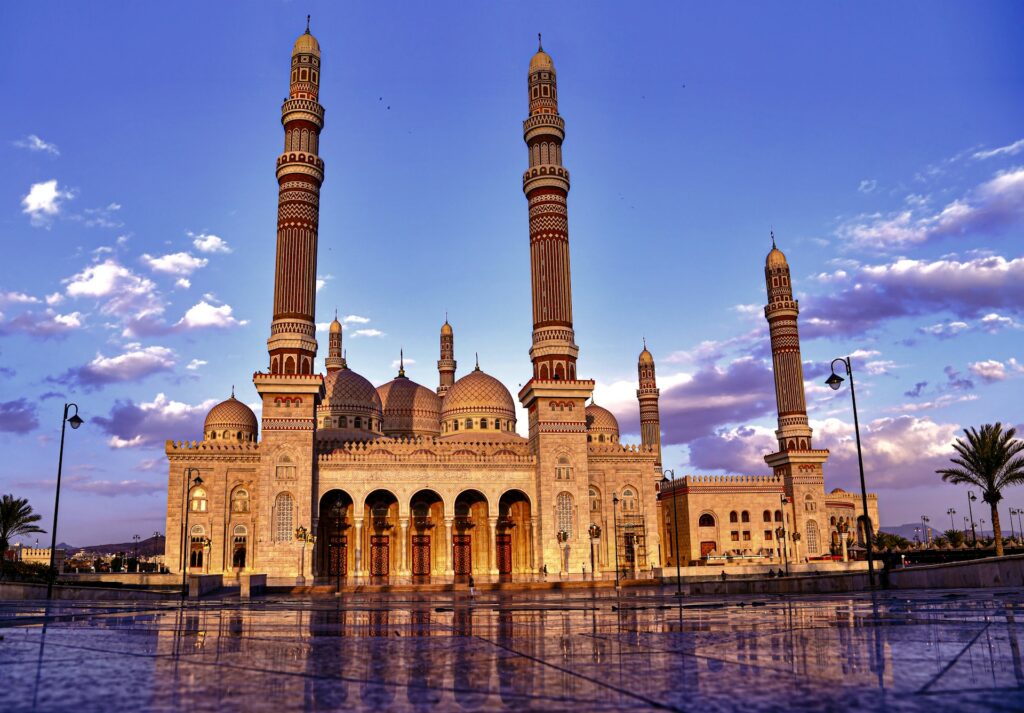
A Country in Crisis
The ongoing conflict in Yemen has created one of the world’s worst humanitarian crises, with women bearing the brunt of the violence and instability.
Key Concerns
- Conflict-Related Violence: Women face heightened risks of violence and exploitation due to the conflict.
- Health and Nutrition: Severe shortages of food and medical care disproportionately affect women and children.
- Legal Protections: Weak legal frameworks provide little protection against gender-based violence.
9. Nigeria
Terrorism and Violence
Nigeria faces numerous security challenges, including terrorism, which exacerbate the risks for women, particularly in conflict-affected regions.
Key Concerns
- Boko Haram: The terrorist group Boko Haram has specifically targeted women and girls, including through kidnappings and forced marriages.
- Sexual Violence: High rates of sexual violence, including in internally displaced persons (IDP) camps.
- Trafficking: Human trafficking is a significant issue, with women and girls often targeted.
10. Mexico
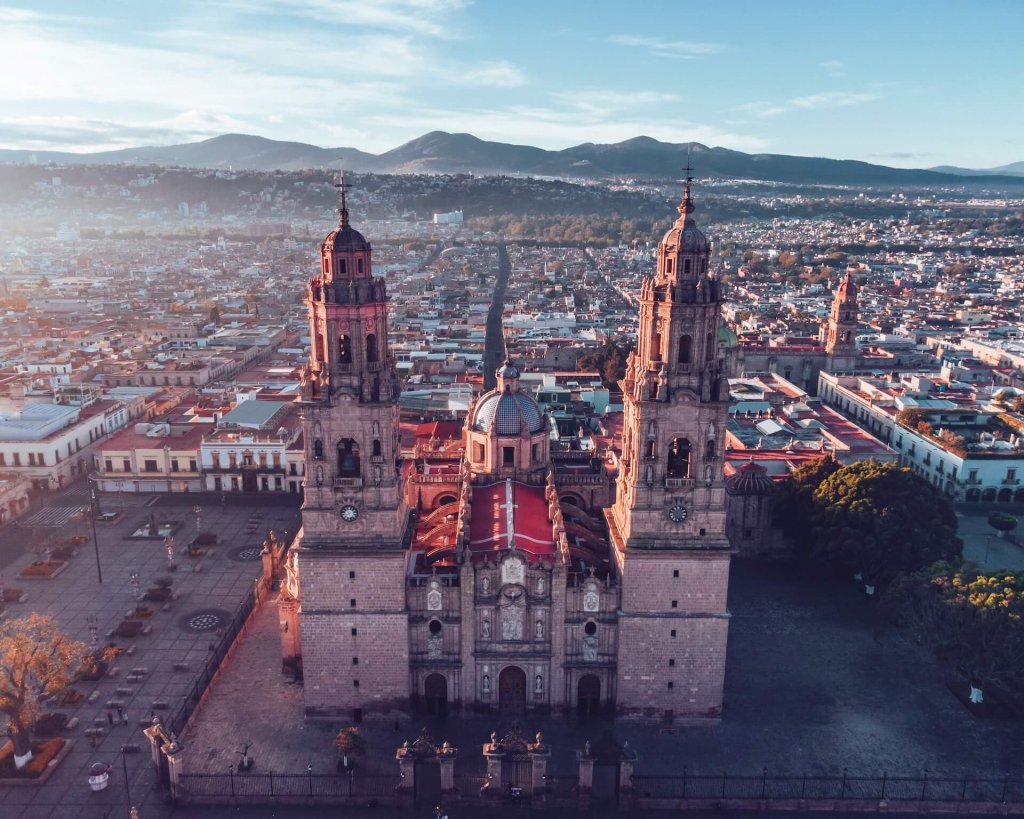
Crime and Corruption
While Mexico is a popular tourist destination, it is also a country with significant dangers for women, particularly due to crime and corruption.
Key Concerns
- Femicide: Mexico has one of the highest rates of femicide in the world.
- Human Trafficking: Women and girls are frequently victims of human trafficking and exploitation.
- Crime: High levels of violence and crime, including in areas popular with tourists.
Traveling as a woman requires careful consideration of safety, particularly in countries with high levels of gender-based violence and limited legal protections. While these countries offer rich cultural experiences, they also present significant risks.
It’s crucial for women travelers to stay informed, take precautions, and prioritize their safety to navigate these challenges effectively. By being aware of the dangers and preparing accordingly, women can still enjoy the beauty and diversity of the world, even in places where extra caution is required.
**Please note that this post may contain affiliate links. When booking through one of our links, we earn a small kickback at no extra cost to you and it’s a big help to keep the site up and running.


